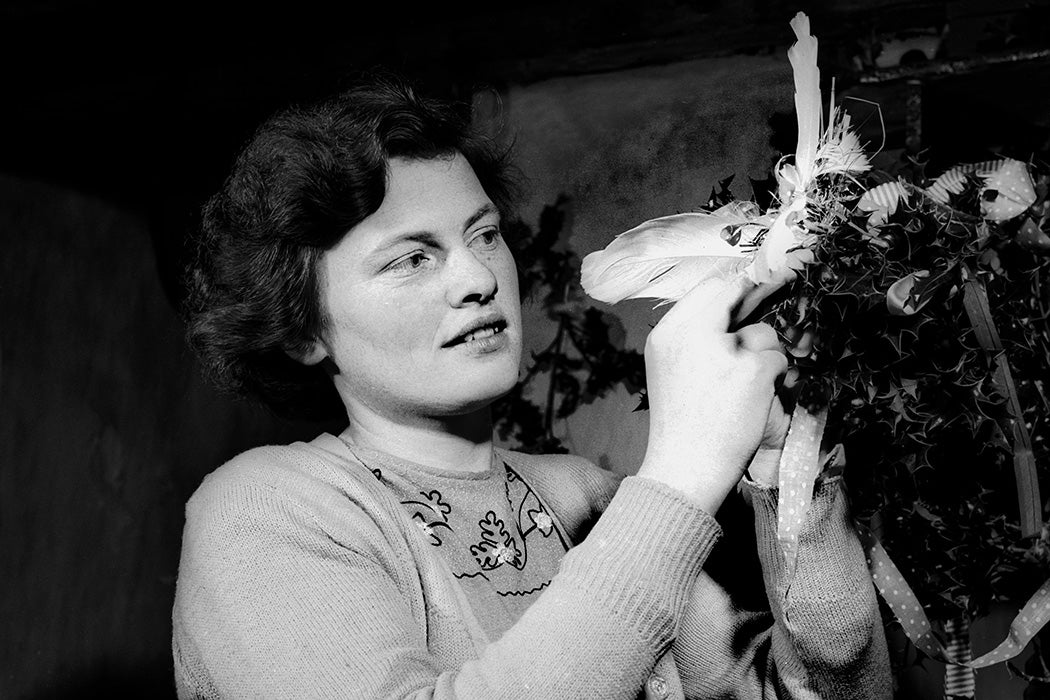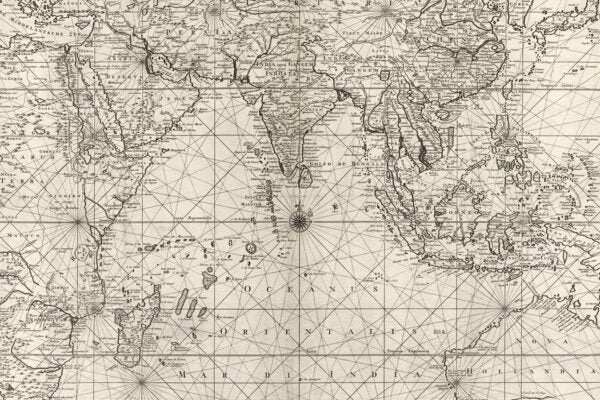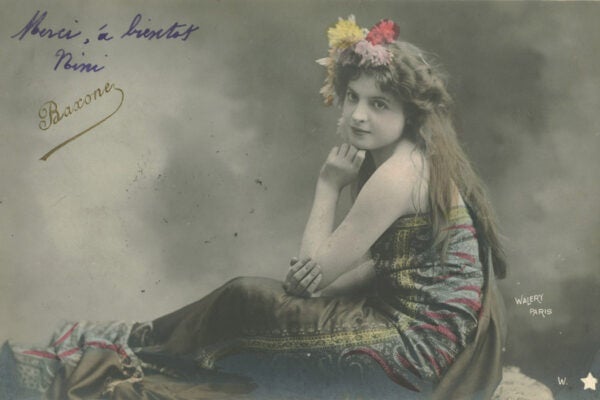St. Stephen’s Day, the day after Christmas in the Christian calendar, was traditionally the time to kill wrens in Great Britain and Ireland. Or, in some versions of the ritual, to bury them in small coffins after killing them on Christmas Day itself.
Scholar Sylvie Muller dives into folklore on the wren, arguing that “of all European countries, Ireland is where traditions about the wren have been best preserved, both in living tradition and in archival form.”
Wrens are tiny but nevertheless pack a big voice and may be the only singing bird in the winter landscape. “Although the wren is one of the smallest of birds, all over Europe it is said to be the king of the birds,” Muller writes. The title comes from the bird’s assumed cleverness. In a contest to see which bird could fly the highest, the wren tucked himself into an eagle’s wing feathers. When the eagle soared high above all the other birds, the wren popped out and flew even higher, proclaiming himself the king of the birds.
On St. Stephen’s Day, “wren boys,” typically the bachelors of the community, paraded with dead wrens attached to holly, furze, or laurel “wren bushes.” The lads made a lot of noise and solicited or demanded contributions of food or money. They were costumed and masked, sometimes in straw (representing grain), sometimes in “the skin of a goat, a rabbit or a horse” (representing the animals). If they didn’t get a contribution—often used to finance a dance with the local bachelorettes—they threatened to bury a wren in the non-contributor’s yard, which was some very bad mojo indeed. Ultimately, however, most of the dead birds would be respectfully buried, as if they were humans.
“The wran, the wran, the king of all birds,/[On] St. Stephen’s Day he was caught in the furze;/Although he is little his family is great;/ Stand up old lady and give us a trate [treat],” begins one of the rhymes the wren boys recited. “The wren ritual was understood to ensure fertility and prosperity for the community for the coming year,” writes Muller.
Weekly Newsletter
Other variations of the ritual had the wrens caught alive and released after the day’s festivities, but Muller sees this as a more recent version. The killing of the wren was very much the traditional point. The “wren has to die in order to pay the debt of Nature [sic], to use a recognized expression for dying.” Human death is the price we pay for hunting, killing, and destroying Nature, and in the ritual, the wren stands in for us.
Contemporary versions of the wren ritual forswear actual dead birds. “Once the debt to Nature is totally forgotten and when we do not feel we owe her any flesh or seed, there is no need to catch the wren dead or alive,” writes Muller. A symbolic ritual has become purely symbolic.
Support JSTOR Daily! Join our new membership program on Patreon today.







